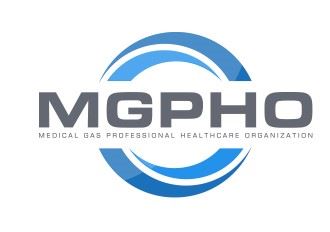Very useful conversation all!
Couple of small points raised in here that I think we as MGPHO ought to be discussing (maybe they need their own thread):
WHO is training and HOW are they trained? Is this not the raison d'etre for 6040? Should 6040 have an "endorsement" for operation of a concentrator source like 6010 has an "endorsement" for Lokring/Medlok?
What is the "medical device" here (if any)? Is it not the complete, operating and tested medical gas system? For me as a manufacturer to absorb the burden (and pass on the costs) of making a fancy "black box" under the medical device regulations seems a pointless excercise. Unlike a domicilliary concentrator, which is usable "out of the box", a central supply concentrator is of no use at all until installed, started up and tested in the context of the complete installed system.
FDA appears to have taken this position (whether by default or intent does not matter) and medical air is the precedent. Oxygen may be more emotionally charged but in a pharmacolegal sense there is no difference.
Which is my reflection on Carsten's question: "NFPA 99 addresses this? ASSE addresses this?" Should not MGPHO be addressing this? We ARE the final line - we are the ones who write the document that says the "medical device" is ready to be used. Our's IS the dog in this fight. Yet we have no unified position to suggest if FDA came asking.
And they may. In Europe, major changes are underway that will bring European medical device practice much closer to and maybe beyond where FDA is today. This will almost certainly cause FDA to consider it's position too at some point.
Does MGPHO, should MGPHO, have a role in representing our industry? if so, what do we want it to be and what positions should be promoted?
Dane - just a note of caution - remember that the ISO 10083 has been withdrawn. The 7396-1 replaced it. It is rarely a good idea to use a concentrator as a backup for liquid (or vice versa) and I would always advise against it. Concentrators want to run (they don't take nicely to being short cycled) and liquid of course is a "use it or lose it" proposition, so the two together are a bit of an engineering "contradiction in terms". Not saying it can't be done, but you want to know what you are about.

